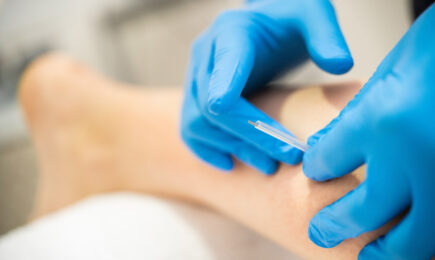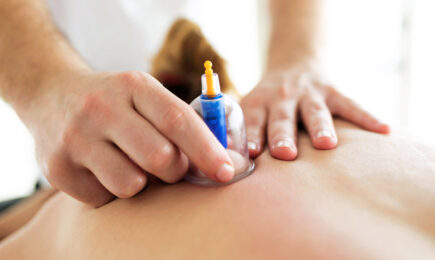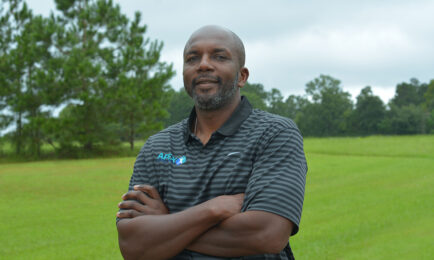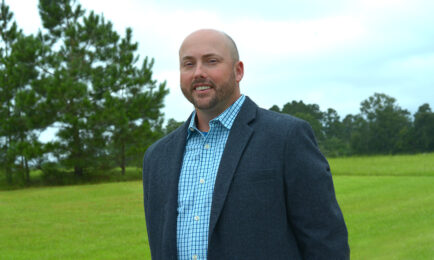
Dilantin - Shipped from Canada Drugs Online
Uric acid diathesis should be considered as an enzyme deficiency syndrome, which is based on the following mechanisms: increased excitability of the nervous system at all levels of reception and rapid exhaustion, a dominant focus of congestive excitation in the hypothalamic-diencephalic region; insufficiency of liver enzymes (glucose-6-phosphatase, hypoxanthine-guanine-phosphoribosyl pyrophosphate synthetase); low acetylating ability of acetylcoenzyme - A (CoA) due to a deficiency of oxalic acid, which is necessary for the involvement of CoA in the Krebs cycle; violation of the mechanism of reuse of uric and lactic acids; violation of fat and carbohydrate metabolism and endocrine regulation of metabolism.
Read More
Phenytoin Sodium Vial 100mg Online
Clinically, most children with MD have a neurasthenic syndrome. From birth, children are characterized by increased excitability, emotional lability, sleep disturbance, fearfulness. Aerophagia and pylorospasm are possible. By the age of dilantin pills, children usually noticeably lag behind their peers in mass. Neuropsychic development, on the contrary, is ahead of age norms. Children quickly master speech, show curiosity, interest in the environment. They remember well and retell what they hear.
Read More
However, stubbornness and negativism are often manifested in behavior.
Starting from the age of 2-3 years, children with MD have equivalents of gouty attacks (metabolic syndrome) in the form of transient arthralgia and ossalgia mainly at night, spastic abdominal pain, perverted appetite, body weight instability, biliary dyskinesia of phenytoin 100mg type, transient dysrhythmias, functional heart murmurs, odor intolerance and other idiosyncrasies, migraine, acetonemic syndrome. Sometimes there is persistent subfebrile condition, which entails the need for careful differential diagnosis. Tics, choreic and tic-like hyperkinesis, affective convulsions, logoneurosis, enuresis are often observed.
Read MoreOften, children with MD have respiratory and skin allergic manifestations in the form of atopic bronchial asthma, atopic dermatitis, urticaria, angioedema. It is characteristic that in these children under the age of 1 year, allergic skin lesions are extremely rare, more often after 2-3 years. In the pathogenesis of the skin syndrome, not only allergic, but also paraallergic (non-immune) reactions are important, due to the release of biologically active substances, a decrease in the synthesis of cyclic nucleotides and a powerful inhibitory effect of uric acid on adenylcyclase.
Diagnostic criteria for acetonemic syndrome are: – History of life (pay attention to the presence of a birth injury of the central nervous system, an unfavorable and burdened microsocial environment, episodes of transient ketonemiaiketonuria). - Burdened genetic history (high prevalence in families of blood relatives of type 2 diabetes, arterial hypertension with an early onset), coronary heart disease, gout, metabolic arthritis and arthrosis, cholelithiasis and urolithiasis, migraine, epilepsy, alcoholism, mental disorders).

Dilantin (Brand for Phenytoin) for Sale

esence of symptoms of uric acid diathesis. – One of the most characteristic laboratory tests is an increase in the level of uric acid in the blood (above 268 µmol/l). - The presence of gout equivalents (arthralgia, osalgia, pain in the lumbar region), transient increase in blood pressure, spastic abdominal pain, transient crystalluria and proteinuria, idiosyncrasy, emotional imbalance, unmotivated irritability. - Episodes of migraine or migraine-like pain.
First of all, it is necessary to exclude the onset of diabetes mellitus.Ketonuria, episodes of hyperketonuria without clinical manifestations or with isolated symptoms. - Episodes of acetonemic crises in history. Despite the clarity and clarity of the clinical manifestations of AS, the differential diagnosis presents certain difficulties.

At the same time, the main differential criteria are a carefully collected anamnesis, indicators of glycemia and glucosuria.
But in this case, the main differential diagnostic criterion is the presence of phenytoin syndrome, and ketonuria is regarded as a secondary AS.A certain difficulty is the differential diagnosis of AS and acute intestinal infection (AII). In this situation, symptoms such as diarrhea, bloating, which are always present in children with AII and are not observed in AS, help. Finally, the issue is resolved with the help of bacteriological and virological examination of feces. In this regard, it should be noted that ketonemia and ketonuria are often observed in AEI, which greatly complicates the diagnosis.

Gastrointestinal syndrome in AK makes it necessary to exclude acute appendicitis by identifying symptoms of peritoneal irritation, and, if necessary, consulting a surgeon.
In acute (reactive) pancreatitis, abdominal pains are of a localized girdle character, the level of enzymes is increased, and on the echogram there are phenomena of Dilantin edema.It is very difficult to draw a clear line between AK and acute (or reactive) pancreatitis, especially in the early stages. It helps to assess the nature and localization of the pain syndrome, the level of pancreatic enzymes in the blood serum (a-amylase) and urine (diastasis), ultrasound examination of the pancreas.

Treatment of acetonemic syndrome.
Some phenytoin pediatricians believe that AK should be differentiated from Cyclic Vomiting Syndrome (CVS).In terms of clinical manifestations and etiopathogenesis, according to the literature data, CVS and AS are largely identical and are probably the same nosology with different views of pediatricians on the essence of this pathological process.
News

It is carried out in 3 stages.
The main objective of therapeutic measures in children with AS is to relieve the acetone crisis, rehabilitation, prevention of relapses and improve the quality of life. At stage I, with the initial symptoms of an acetone crisis or its precursors, it is advisable to cleanse the intestines with a 1-2% solution of sodium bicarbonate. Give the child water every 10-15 minutes with rehydronone (gastrolit, humane-elektorolit), sweet tea with lemon, non-concentrated dried fruit compote, non-carbonated alkaline mineral water (Polyana, Luzhanskaya, Borjomi, etc.).
Read More
The child should not starve, but the diet must be determined following the principles of aketogenicity (without the inclusion of fats, purine-containing and irritating foods). Food is prescribed that contains easily digestible carbohydrates, fiber and a minimum amount of fat (liquid buckwheat, semolina or oatmeal, mashed potatoes, vegetable (cereal) soup, biscuit cookies, baked apples, bananas).
Read More
In order to eliminate ketones, enterosorbents are prescribed (enterosgel, sylard, polyphepan in an age dosage). Sedative herbal medicine is advisable: valerian tincture, chamomile decoction , passiflora herb extract, sedasen, phytosed.
Read More